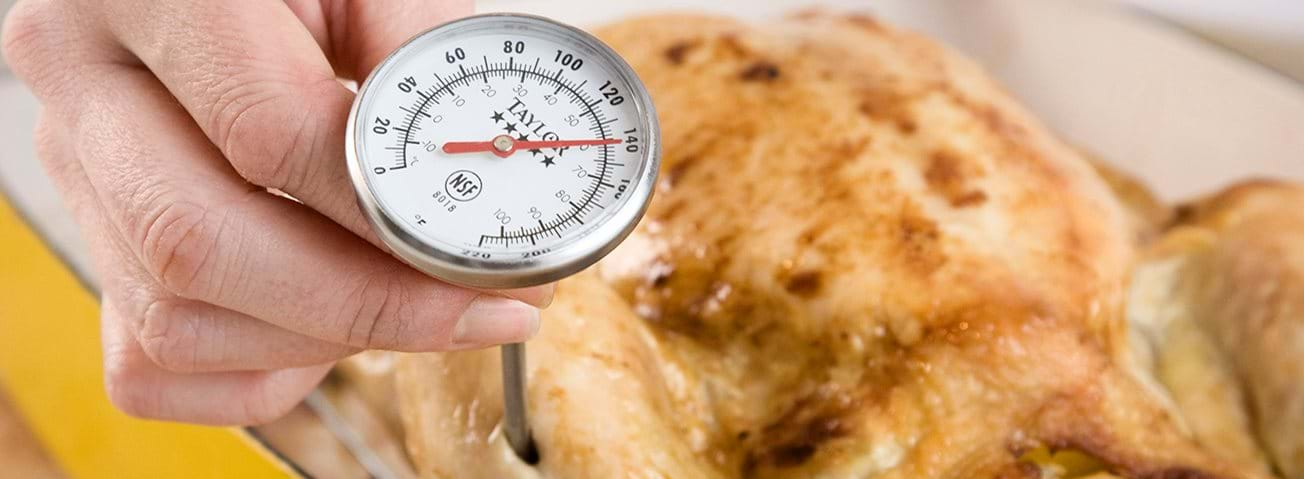Not All Consumers Are Following Food Safety Advice From Health Officials

Foodborne illness can be costly and often is avoidable by following simple low-cost practices, including hand-washing, avoiding cross-contamination of kitchen surfaces, cooking foods to verified temperatures that kill pathogens, refrigerating and freezing foods at recommended temperatures, and avoiding high-risk foods. Government health and safety officials, as well as the broader food safety community, have offered unequivocal advice: Do not drink raw (unpasteurized) milk, and always cook meat using a thermometer to verify that it has reached a safe temperature.
From 2014 to 2016, the American Time Use Survey’s Eating and Health Module contained questions posed to at-home meal preparers central to these two health warnings:
- Was raw (unpasteurized) milk consumed or served in the previous 7 days?
- Was a food or meat thermometer used when preparing any meals with meat, poultry, or seafood in the previous 7 days?
Using responses to these questions, ERS researchers found that an estimated 2.0 percent of at-home meal preparers, or 3.2 million people, consumed or served raw milk on a weekly basis. Of these, 80.2 percent, or 2.6 million, lived with at least one other person and 35.6 percent, or 1.1 million, lived with at least one child. These findings suggest that in a typical week at-home meal preparers may be serving raw milk to multiple people, including children, raising the risk of foodborne illness for themselves and others in the household.
Risk of foodborne illness also increases when consumers fail to heed food safety advice to use a thermometer when cooking meat, poultry, and seafood. The ERS researchers found that each week an estimated 13.7 percent of at-home meal preparers, or 19.5 million people, used a food thermometer when preparing meals with meat, poultry, or seafood.
Survey results indirectly speak to the issue of training and education. ERS researchers examined whether at-home meal preparers whose occupations are related to food preparation were more likely to use a food thermometer, since many foodservice workers receive food safety training. Results suggest at-home meal preparers with occupations related to food preparation were more likely to use a food thermometer. For at-home meal preparers who work in the leisure and hospitality industry, 17.6 percent used food thermometers at home; 20.2 percent of those who work in the accommodation and foodservice industry and 24.2 percent of those who work in food preparation and serving occupations reported using food thermometers at home.
These estimates are statistically higher than the national average of 13.7 percent, suggesting that the training foodservice employees receive for work partially carries over to behavior in the home. However, the estimates highlight the challenge of influencing consumer food safety behavior; most of the people who are potentially more aware of food safety practices fail to implement them at home.
Consumer Food Safety Practices: Raw Milk Consumption and Food Thermometer Use, by M. Taylor Rhodes, Fred Kuchler, Ket McClelland, and Karen Hamrick, ERS, January 2019


